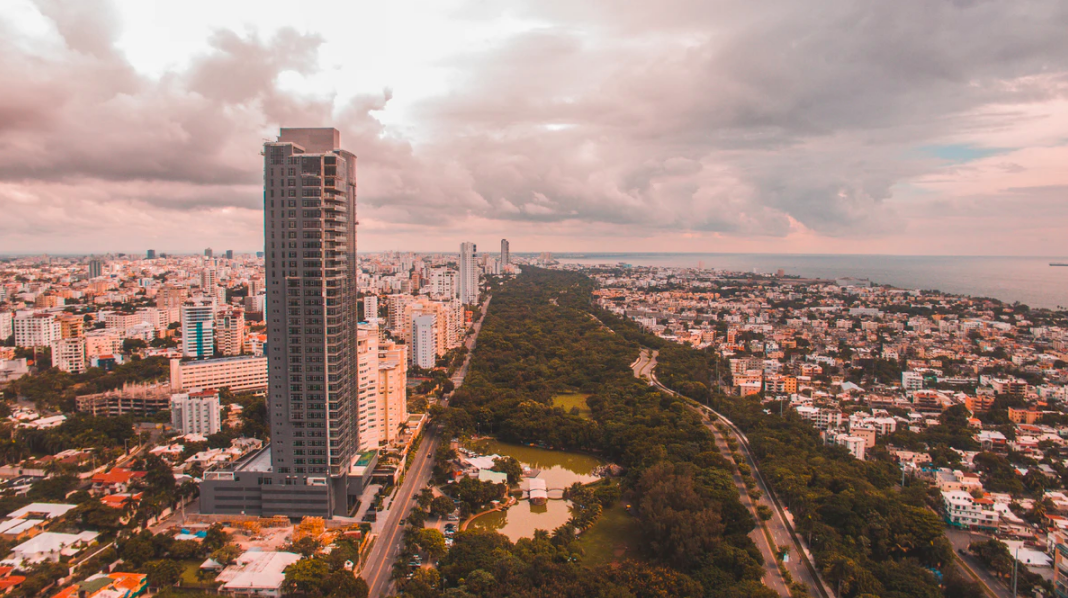Through integration and expansion, Santo Domingo prioritizes public and active transport

Santo Domingo's Sustainable Urban Mobility Plan stands out for its reliance on infrastructural investments. And for good reasons. Currently, only 10% of the population has access to public transport. This makes reliance on alternative transport modes inevitable. Those who can afford it drive their own cars; the rest of the population is dependent on unsafe, uncomfortable and, in some cases, even overpriced informal transport services. Walking is sometimes an attractive alternative. Cycling, on the other hand, is not. This is because, until now, active transport has been given little priority in urban and transport planning.
Santo Domingo's SUMP aims to change exactly this. First, it has set an ambitious plan to significantly expand formal public transport. The existing 2 metro lines, 1 aerial tramway and 11 bus lines are to become an integrated public transport system. Passenger capacity of the metro system will be expanded and the metro line 2 extended. But more impressively, the current service will be complemented by 5 new BRT corridors, 4 aerial tramway lines and 5 express busway lines. By 2030, an additional 1 million persons, or 33 per cent of the city's total population, will have access to public transport. Also, active transport has been assigned a central role in the city's future transport system. To foment walking and cycling, the SUMP aims to build 150 km of sidewalks and 150 km of cycling lanes by 2030.
Santo Domingo's SUMP may serve as a reminder of an indisputable fact: a sustainable, attractive, accessible and safe transport system can only be realized by an enabling physical infrastructure that prioritizes public and active transport. The city's SUMP is an example of transport planning done right. As the saying goes, 'if you plan for cars and traffic, you get cars and traffic. If you plan for people and places, you get people and places'.